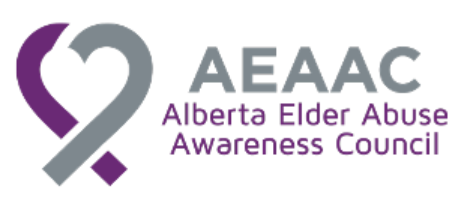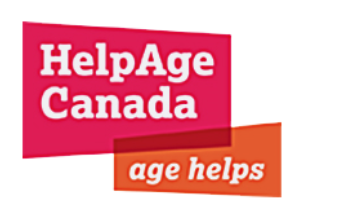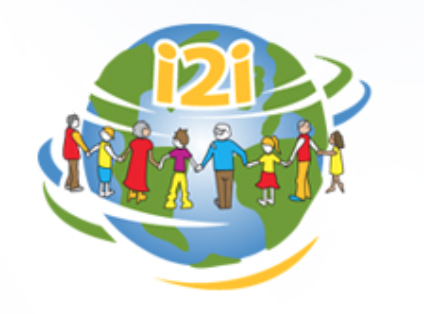- Details
- Published: 23 March 2015
Preventing and Addressing Abuse and Neglect of Older Adults:
Person-Centered, Collaborative, System-Wide Approaches
![]()

CNPEA: What was the impetus for this project?
Susan McNeill: Prior to leading this project,we were funded by the New Horizons for Seniors Program to work in partnership with the Canadian Nurses Association and establish 10 PEACE (Prevention of Elder Abuse Centres of Excellence) sites to promote the awareness of abuse in long-term care settings. Through this project we developed a training curriculum for nurses and other front-line care providers on how to prevent and respond to cases of abuse and neglect in long-term care homes.
After this project was completed, we had the opportunity to expand our work beyond the long-term care setting. We were successful in securing funding for a second initiative through the New Horizons for Seniors Program to address abuse and neglect of older adults related to the whole spectrum of care, such as public health, community health and hospitals. This is a federal project so it crosses all provinces and territories.
We did not find any comprehensive nursing guidelines on this topic in our work and what we did find by way of best practices, were not widespread.
Many interesting elder abuse initiatives have been developed but people do not know about them. This 3-year initiative includes the development of a Best Practice Guideline, as well as various resources that will help people use the guideline. We are funded to create an e-learning course based on the guideline, a plain language fact sheet and a condensed version of the guideline that people can access through mobile technology. All three of these tools will also be translated into French. This will be useful for nurses and other health-care providers at the bedside, and for people who need a refresher on the guidelines.
CNPEA: How can elder abuse practitioners use this tool?
Susan McNeill: The guideline has been developed to be applicable to various health-care settings across Canada. We know that nurses work in collaboration with other health care providers and sectors beyond health care that also need to be aware of elder abuse issues.
The guideline has recommendations in multiple areas:
- Practice recommendations are for people providing direct care such as nurses, occupational therapists and so on.
- Education recommendations are meant for people who are creating education programs, people interested in quality improvement and also educators in undergraduate programs.
- The third area of recommendations are focused on broader policy, organization and systems; looking at the higher level supports that need to be in place to support best practices. This is important because you cannot just expect nurses and other health care providers to follow a particular best practice without having the policies in place for these things to happen.
I caution people from picking up this tool thinking it’s a how-to guide. It is a tool that guides best practices but we do not discuss step-by-step approaches to care. Depending on your scope of practice and where you are located, there are many ways you can use this document. We ask people to look at the recommendations that apply to their area of practice and assess how close or far they are from them. If they identify gaps, we suggest they work with others in a team approach to address the gap.
CNPEA: It is difficult to find up-to-date elder abuse research. What process did this project follow to identify best practices?
Susan McNeill: At RNAO we have a systematic process for developing best practice guidelines. One of the first things we do is gather expert volunteer panel members. For this project, we had 12 experts from across the country and from diverse backgrounds, including nursing, law, social work, advocacy, members of rural and remote communities and policy makers. It was really important for us to build an inter-professional panel to ensure a range of perspectives.
Once the panel was formed, we conducted a systematic literature review. Masters-prepared nursing research associates sifted through thousands of articles and identified the most relevant and up-to-date literature based on established inclusion/exclusion criteria. They conducted a quality appraisal of all included studies, then we worked with the expert panel to develop recommendations.
In some cases we developed “expert panel recommendations” and included grey literature (such as reports not found in research databases).
One important finding from the literature review was that we still need high quality research on this topic. Once we had a draft guideline, we sent it out to 64 external stakeholder reviewers for feedback. Determining best practices involved a combination of approaches, of which the systematic literature review was key.
CNPEA: One of the recommendations is for Organizations/institutions to establish and support collaborative teams in order to assist with preventing and addressing abuse and neglect of older adults. How would you suggest practitioners form these teams?
Susan McNeill: While we didn’t look at how to develop a team in particular, we found that overall it was one approach that was consistent in the literature to help prevent and address elder abuse. I would recommend 3 strategies that may be helpful:
-
Look at the guideline references and see if any of the articles that point to collaborative teams are applicable to your sector. Critique and compare their process of forming collaborative teams to your own setting.
-
The RNAO has a guideline on Interprofessional Healthcare. If your setting is in healthcare this guideline will be a good place to get additional strategies.
-
The coordinated community response model is another collaborative approach that has been effective. We outline this approach and provide links in the guideline.
My only caution about collaborative teams is to make sure to be careful about sharing personal and private information about older adults and families. You need to know what’s appropriate to share and what’s not.
To download a free copy of the Preventing and Addressing Abuse and Neglect of Older Adults Guideline visit: http://rnao.ca/sites/rnao-ca/files/Preventing_Abuse_and_Neglect_of_Older_Adults.pdf
For information on the RNAO’s other projects see
www.RNAO.ca

















